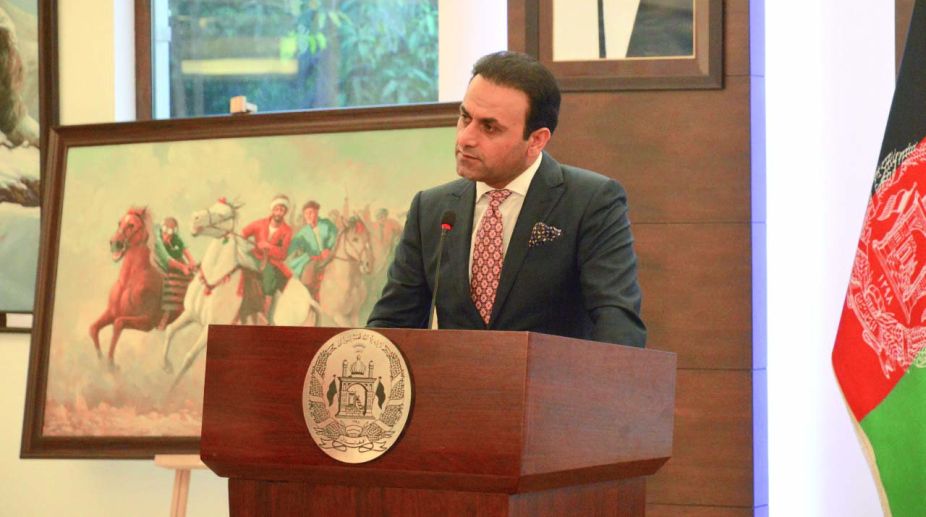Afghanistan receives over 8,000 foreign tourists in two years
More than 8,000 foreign tourists visited Afghanistan over the past two years, local media TOLOnews reported Saturday, citing a government official.

The land of Afghanistan is less known for its enormous beauty and more for its conflicts over the past few decades. Rarely does a day go by when one doesn’t come across news of bombings and terror attacks, making people flee from Afghanistan to safer zones. Unfortunately, the conflicts have been a major reason for the country failing to provide a canvas to its artists, who were always willing to depict the story of their motherland with their brushes and strokes of paint.
But, Afghanistan’s art scene has seen a revival since the fall of the Taliban in 2001. Contemporary art reflects on what happened in Afghanistan during the past decades and the current challenges. Most artists have not had formal art training and paint what they see, with what they have. Due to security reasons, there are few public exhibitions of artwork and with the downturn in the economy in the last decade (because of escalating violence) there are few takers for the artworks.
In a major attempt to bridge this gap between the artists and the art lovers, Delhi hosted two major art and handicraft exhibitions to promote Afghanistan art in the country. The first exhibition was inaugurated by Dr Shaida Mohammad Abdali, Afghanistan Ambassador to India, at the Afghanistan embassy. The one-day Afghan painting and handicraft exhibition showcased more than 40 paintings and handicraft, including artwork on gemstones, depicting historical background of Afghanistan. They also showcased handmade jewellery, artefacts and embroidered clothes. While congratulating the Afghan artists for their work, the Afghan Ambassador appreciated their cultural artwork and added, “The remarkable artworks are the main pillars of development and sustenance of communities and no society can progress in the absence of culture. Indeed our cultural values will bring giant strides in future, the culture which is based on diversity, tolerance, humility, deep knowledge and understanding.”
Advertisement
Afghan spirit
The other exhibition, titled Afghan Art: A Land in Conflict and Hope, organised at the India International Centre from 23-29 May, reflected the never-say-die spirit of the Afghans. Led by Mohammad Salim Attaie of Kabul, the exhibition presented a small sample of the work being done in Afghanistan today. A press statement issued by the organisers of this exhibition explained that during the five years (1996-2001) in power, the Taliban banned the entire spectrum of creativity and performance, including clapping, and destroyed an estimated 80 per cent of Afghan cultural heritage, from religious relics to film reels.
Afghanistan’s fine art was protected during this time by art masters at the Senai Art School. The professors often hid “un-Islamic” paintings from the Taliban when they would visit and inspect. After the fundamentalist regime fell in December 2001 ,the Afghan fine art painters conducted exhibitions within Central Asia and Europe.
Their oil and water colour paintings are in the Realism style, as that is what most Afghans prefer. Contemporary art has seen a remarkable resurgence, especially since 2009, when international funding for the arts flowed into Afghanistan from the US and Europe. In recent years, this has declined. This rich tradition continues in Afghanistan today, with many artists, men and women, young and old, taking to paper and canvas to express themselves.
The complete art exhibition that narrated the story of Afghanistan is painted with mainly oil and water colours. The artists whose works were exhibited here included Mohammad Salim Attaie, Abdul Fatah Amar, Mohammad Azim Rawofi and Mohibullah Attaie.
Advertisement